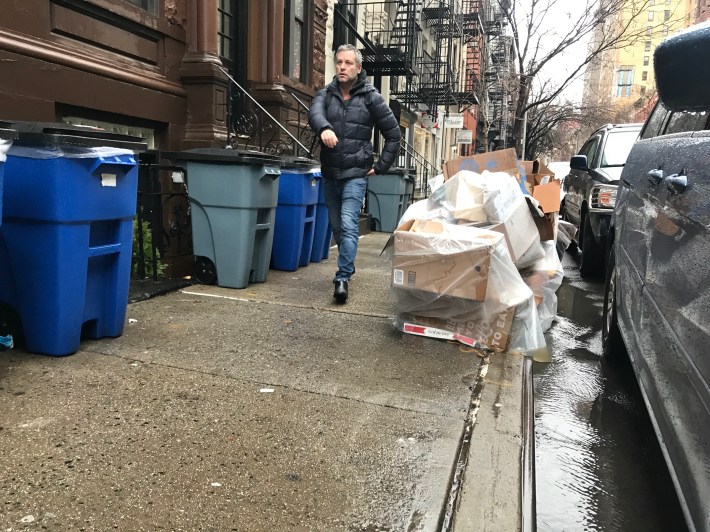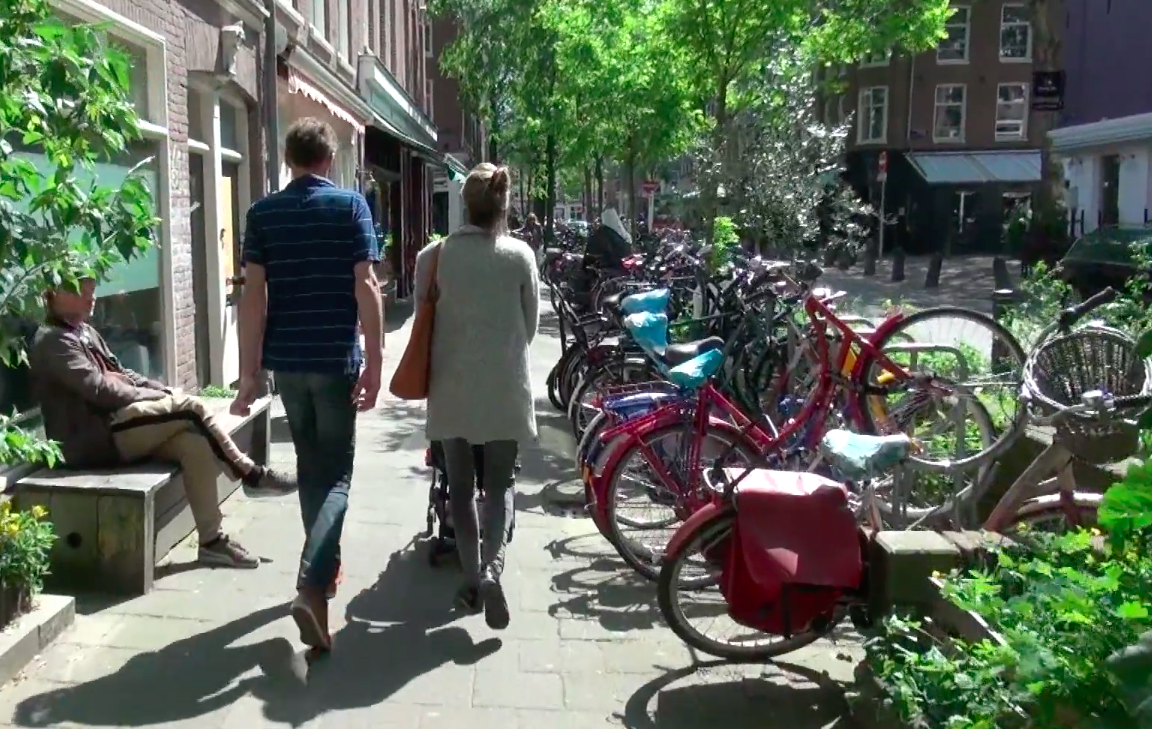
I moved to New York City from Europe a month ago, and am still getting used to how different things are here. It’s not just the multitude of wonderful sandwich choices, but as someone who was on Luxembourg city’s mobility commission, I have also spent a lot of time looking at how infrastructure moves New Yorkers around.
There are many recent developments in New York I wish we’d copied. Ambitiously blanketing the city with open streets was a great idea, and I understand why many of you want to make them permanent. Cities like Ghent do this on a much smaller scale, but they complete the streets with benches, playgrounds and artificial turf. Outdoor seating for restaurants is common in Europe, but instead of just putting a few chairs and umbrellas on the sidewalk like we do, you’ve made it cozy and beautiful with cabanas. Don’t let anyone take those away.
Other differences are less inspiring. Few people drive in New York City, and those who do drive tend to hate it. It is therefore amazing how much capacity you reserve for moving car traffic. Public space in a city is allocated like a budget, and you have chosen to spend most of yours on cars, at the cost of green spaces and of people on foot, bicycles or public transport.
Surely the 80 percent of people living in Manhattan who don’t own a car can’t be happy with the situation? Car usage goes up with income — why do you willingly subsidize the driving of the richest among you?
It’s not just space: the one-way system is supposed to improve traffic flow, but it also makes the grid hostile to cyclists. Why are so few one-way streets cyclable in both directions? The majority of them are more than wide enough to make it even safer than in Brussels, where this is common.
It is also puzzling to me why street parking is so inexpensive here. Next to some of the planet’s most expensive real estate, you can park for cheap or even free. As a result, it is extremely difficult to find a parking spot because the spaces are so underpriced. Like a line in front of a Communist-era bakery where the bread is inexpensive, but rare, New Yorkers who drive sit in line for a parking spot. The many parking spots where private cars get stored forever don’t seem to be the best use of that space. Cities that manage to assign their space differently aren’t just making their streets more livable, profitable and quiet, but also squeezing more humans through them. Paris just cut its number of parking spaces in half, and is asking residents what they want in their street instead.

Like New York City, European cities made the mistake of getting rid of their streetcar lines around the 1950s to replace them with private cars and buses. But European cities are now rebuilding those lines, and reinventing the public space around them. The new trams of cities like Strasbourg are not the slow boneshakers of a century ago, but comfortable moving sidewalks that glide over carpets of lush grass. They are cheaper than subways, and have more capacity and higher user satisfaction than buses.
In European cities, I used to cycle to most places. I was very surprised by the randomness and dangerousness of New York City’s bike lanes. The nice protected lanes stop abruptly and push you into car traffic in a blind corner. No one enjoys cycling between two car lanes. Shared lanes are a mean prank. Why isn’t there a lane on each side of every wide avenue? On the avenues that have a lane, why are they dangerously built bi-directionally and on the left side? Do the people who plan and build these lanes use them with their children? Lanes built by Dutch or Danish standards would take only slightly more efforts, but would convince many more to cycle, and get them out of the way of those who have to drive.
Links that easily enable crossing the rivers by bike also seem to be missing: if you’re lucky, you get a steep climb over a bridge, and a narrow lane. I sent a video to friends in Europe of me cycling on RFK Bridge — I sent it to scare them. Rotterdam and Antwerp have built cyclist and pedestrian tunnels under the Maas River, which is similar to the East River. I understand that the Queens-Midtown Tunnel is Robert Moses’s legacy, but has no one thought of adding a tube for people without cars?
As a consequence of that insufficient infrastructure, New York cyclists tend to be young daredevil men like me. You don’t see parents taking kids to school in cargo bikes like you do in Europe. It isn’t because Europeans are smarter or greener: cities there also have had to offer competitive, safe and convenient alternatives to the traffic jams to convince people not to drive.
The biggest puzzle to me is why New Amsterdam doesn’t exploit this enormous untapped potential to become a little bit more like old Amsterdam.
Guillaume Rischard is on Twitter at @grischard.






